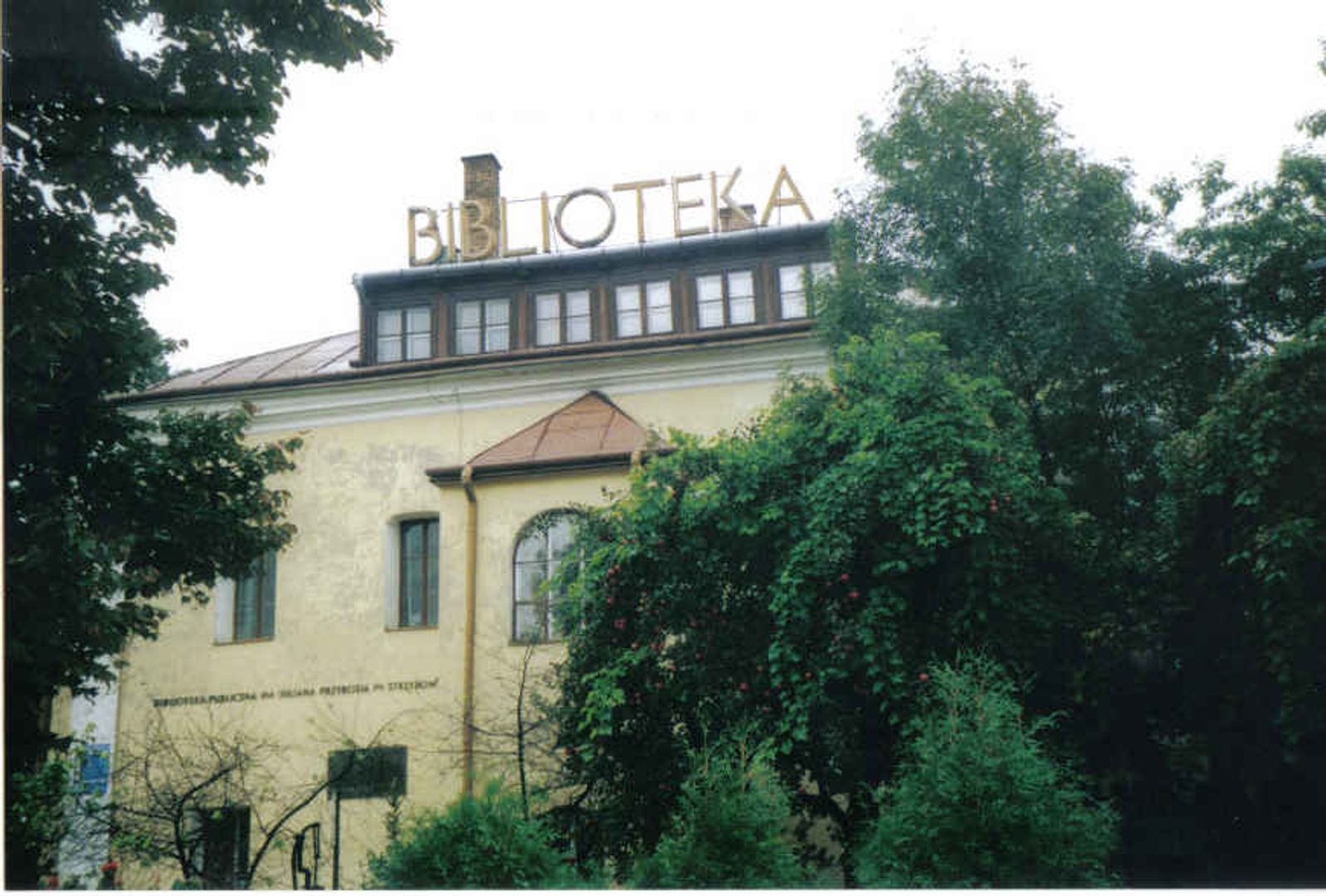Synagogue in Strzyżów
6.81

Overview
The synagogue in Strzyżów, located at 6 Przecławczyka Street, was built in the last quarter of the 18th century and served as a place of prayer, a cheder, a Talmudic school, and the seat of the kahal. During World War II, the Nazis devastated it, converting it into a warehouse and repair workshop. After the war, the building was repurposed as a fertilizer storage and fuel shop. In 1964, the synagogue was handed over to the Municipal Public Library, and between 1964 and 1966, it underwent a thorough renovation and reconstruction according to a design by Czesław Biały. Architecturally, the synagogue features a late Baroque style, with a masonry structure of stone and brick, laid out in a rectangular plan. The interior consists of a main prayer hall and an entrance hall with a women's gallery. Originally, the prayer hall was covered with a nine-field vault and adorned with Rococo motifs inspired by vegetation and the Leviathan, which were restored between 1966 and 1967. The building is also distinguished by its molded cornices, pilasters, and unique wooden doors. An interesting detail is that the niche of the Aron ha-kodesh was converted into a window. The synagogue in Strzyżów is an important element of the region's cultural and architectural heritage, and its history reflects the fate of the Jewish community in Poland.
Location
2025 Wizytor | All Rights Reserved